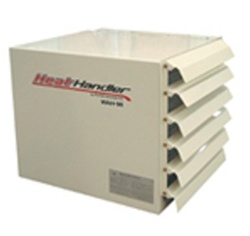Wood Heating
Saturday, June 6, 2015
Six things to Ask Yourself When Comparing a Traditional Indoor and Outdoor Boiler
Are you thinking about a traditional boiler, but are not sure if you want it indoors or outdoors? This is an important decision, and over the years Obadiah's has helped many customers decide what is best for their household or business. To get you started, here are six things to ask yourself when comparing a traditional indoor and outdoor boiler.
Read more...Saturday, June 6, 2015
The Problem With European Style Batch Burner Boilers
In the past ten years, "Gasification Boilers" has become a popular buzzword for dealers like myself. It sounds like magic, and many companies are using the label "Gasification Boilers" to market a product to North America that, in my opinion, does not fit the actual needs or mindset of the market here: European-style batch burner boilers.
It's been my experience that the boiler market in North America is very low-tech and focuses mostly on outdoor boilers, a technology that is very dirty burning and inefficient. That inefficiency, combined with their growing popularity, has put the outdoor boiler in the EPA's cross-hairs for elimination (at the moment, they are still allowed for agricultural markets where there is no local regulation for particulate output; for more information, please read Obadiah's article here on how the EPA's regulations affect users in the United States).
Read more...Saturday, February 2, 2013
The easiest way to explain this is to compare a boiler system to a vehicle cooling system. On a vehicle, the cooling system is closed. There is a pressurized cap that will vent if the tempertures get to hot and the system begins to boil over. Rather than exploding, the cap releases the presure and the fluid escapes. There is also a thermosat in the system which opens and closes according the coolent temps. When the vehicle is cold in the morning, the thermosat is closed and recirculates the water through the engine block, allowing the engine to reach operating temps faster. Once the engine is warm, the thermosat opens and coolent flows through the system, regulating the tempertures to the engine so it runs at optimum temps. Now picture your wood boiler as the engine and the cooling system as your radiant heating system. They are very similar in design.
Read more...Friday, February 1, 2013
 Your choice here should always be indoors in my opion. If you have a walk out basement, build a boiler room with a wood room and a shoot to feed the wood downstairs. Everything is nice and warm. If you don’t have a walk out basement, some boilers are extremely heavy and most stairways cannot support the weight. Have a pro look at it first.
Your choice here should always be indoors in my opion. If you have a walk out basement, build a boiler room with a wood room and a shoot to feed the wood downstairs. Everything is nice and warm. If you don’t have a walk out basement, some boilers are extremely heavy and most stairways cannot support the weight. Have a pro look at it first.Saturday, January 19, 2013
Water Storage or no water storage- what is the best way to go with installing a wood boiler?
Friday, January 11, 2013
 The key to burning wood cleanly and efficiently
The key to burning wood cleanly and efficiently
Tuesday, January 8, 2013
Heat Handlers and Water to Air Heat Exchangers-The Truth
Saturday, January 5, 2013

95% of all underground pipes leave no gaps between the feed and return PEX lines. When you consider the BTU bleed off factor you get when you bury this low R value pipe in the ground, not to mention the very low R-Values, I wonder how the contractor could sleep at night. So many BTUs are cancelled out in the pipe before they reach the place where the BTUs are needed. In a water to air heat exchanger, this can be a problem on really long runs. My advice is, if you’re going with an outdoor boiler, run two corrugated lines with two hot feeds in one pipe and two cold returns in the other. Don’t skimp here; otherwise you’ll be heating the ground next to your home and not your home or shop. Here is a good place to see what has happened to others. http://www.hearth.com/talk/threads/insulated-underground-pex.48808/
Wednesday, January 2, 2013
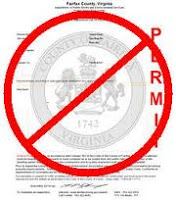 I have spoken with several folks who called me because they now have an outdoor boiler sitting in their back yards with CONDEMEDED DO NOT USE sticker on it. Worse yet, the unit is only a couple of years old.
I have spoken with several folks who called me because they now have an outdoor boiler sitting in their back yards with CONDEMEDED DO NOT USE sticker on it. Worse yet, the unit is only a couple of years old.
Friday, June 1, 2012
Wood Cookstoves: The Alternate Source For Your Everyday Life, by Sarah C.
Wood heat: Is it really the best source, and why? This seems to be a popular question. I’m sure you have heard about the many benefits of an alternative energy source, but how much do you really know about wood heat? Maybe you remember that you grandmother used to cook on a wood cookstove back in the day, but you probably assume that wood cooking is old fashioned and outdated -- think again! How much do you spend a year to heat your home? Not to mention the additional cost of cooking your food, and heating your water. We just filled up our propane tank the other day, and the cost was over $1,200! For that price, you can almost buy an alternative heat source, water source, and cooking source. If your interested in switching your home to a simpler, cheaper, more self-sufficient abode, you’ve come to the right place. In the following paragraphs I plan to answer common questions about heating with wood; I will share with you what I’ve learned about using wood heat, and how beneficial it has been for my family.
Read more...

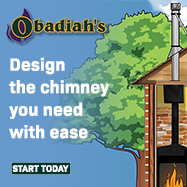




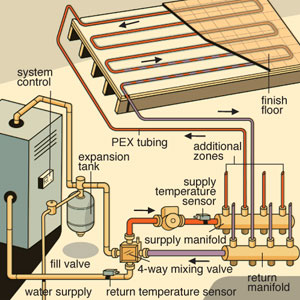
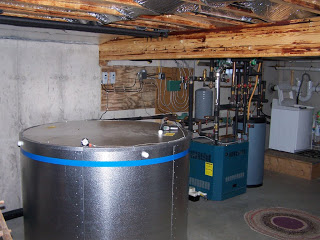
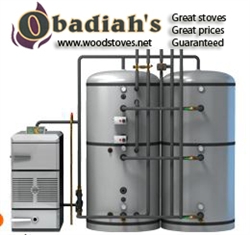
.jpg)
